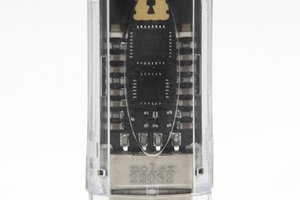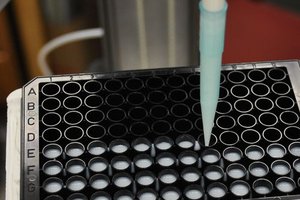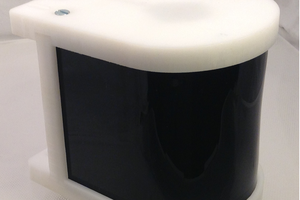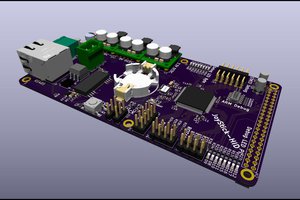About
Open-source technology not only has facilitated the expansion of the greater research community, but by lowering costs it has encouraged innovation and customizable design. The field of automated microscopy has continued to be a challenge in accessibility due the expense and inflexible, noninterchangeable stages. This paper presents a low-cost, open-source microscope 3-D stage. A RepRap 3-D printer was converted to an optical microscope equipped with a customized, 3-D printed holder for a USB microscope. Precision measurements were determined to have an average error of 10 μm at the maximum speed and 27 μm at the minimum recorded speed. Accuracy tests yielded an error of 0.15%. The machine is a true 3-D stage and thus able to operate with USB microscopes or conventional desktop microscopes. It is larger than all commercial alternatives, and is thus capable of high-depth images over unprecedented areas and complex geometries. The repeatability is below 2-D microscope stages, but testing shows that it is adequate for the majority of scientific applications. The open-source microscope stage costs less than 3–9% of the closest proprietary commercial stages. This extreme affordability vastly improves accessibility for 3-D microscopy throughout the world.
- Visit our appropedia page for more information.
- To download paper, click here.
SCHEMATICS
The electronic schematic of the 3-D microscope
The three stepper motors that create the movement of the 3-D microscope are controlled by the Melzi, which is itself run by the Beaglebone Black. A computer is used to directly control the USB camera. This computers is also connected via the network to the Beaglebone Black.
The 3-D microscope stage shown adapted to a stage.
The microscope can also work in mobile sample mode (or stage mode) by removing the tie rods from the down position and placing them in the up position on the carriages. Stage mode moves the sample underneath a conventional microscope as shown here.
 MOST
MOST



 Paul Kissinger
Paul Kissinger

 harry.olar
harry.olar
 AVR
AVR
Interesting...but could it not just be run with a standard IO and regular 3D printer with the effector modified to hold a USB capable microscope head?